Search the Special Collections and Archives Portal
Search Results
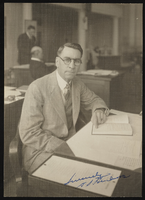
Autographed photograph of Albert S. Henderson seated at his desk in the Nevada State Legislature: photographic print
Date
1929
Archival Collection
Description
From the Albert S. Henderson Photograph Collection (PH-00317).
Image
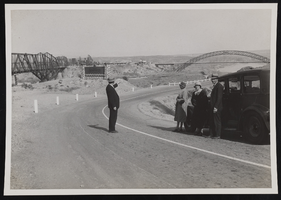
Bridges over the Colorado River: photographic print
Date
1910 (year approximate) to 1940 (year approximate)
Archival Collection
Description
Several individuals stand next to their automobile on the side of the road and look at a bridge over the Colorado River. The billboard behind the gentleman reads "Sunfreze Ice Cream".
Image
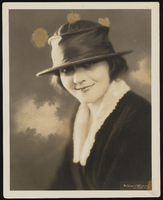
Grace Hayes posing in a white-collared dress and is wearing a hat: photographic print
Date
1921
Archival Collection
Description
Grace Hayes posing in a white-collared dress and wearing a hat. Underwood & Underwood photo.
Image

Photograph of Mary Toleno, Nevada, 1930-1940
Date
1930 to 1940
Archival Collection
Description
Transcribed from the photo "Virginia and Truckee No.11, Reno. (Dave Coons)"
Image
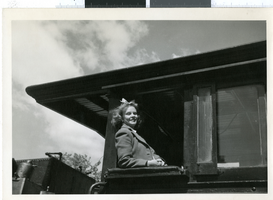
Photograph of Mary Toleno, Nevada, 1930-1940
Date
1930 to 1940
Archival Collection
Description
A picture of Mary Toleno posing inside the Virginia Truckee Railroad cart.
Image
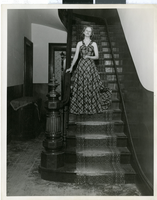
Photograph of Mary Toleno, Nevada, 1930-1940
Date
1930 to 1940
Archival Collection
Description
A picture of Mary Toleno posing on a staircase while wearing a gown inside Graves Mansion.
Image
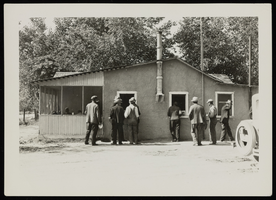
Photograph of employment agency, Las Vegas (Nev.), circa 1931
Date
1930 to 1932
Archival Collection
Description
View outside of Las Vegas employment agency at 800 block of Fremont St.; Leonard Blood at one of the windows. Street Address: 800 Fremont Street
Image
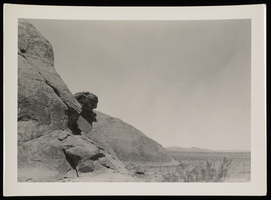
Photograph of Adeline Rock, Valley of Fire, May 14, 1933
Date
1933-05-14
Archival Collection
Description
Distant view of Adeline Rock at Valley of Fire. May 14, 1933. (Locus of petroglyphs). The county used to keep a barrel of water there to fill car radiators.
Image

Film transparency of an unidentified man, circa 1950s
Date
1950 to 1959
Archival Collection
Description
An unidentified man seated at an office desk in the 1950s.
Image
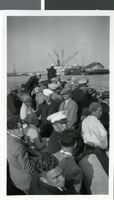
Photograph of people in Long Beach, California, 1928
Date
1928
Archival Collection
Description
Long Beach, California. The U.S.S. Saratoga is probably in the distance.
Image
Pagination
Refine my results
Content Type
Creator or Contributor
Subject
Archival Collection
Digital Project
Resource Type
Year
Material Type
Place
Language
Records Classification
